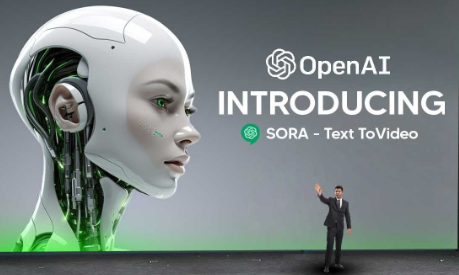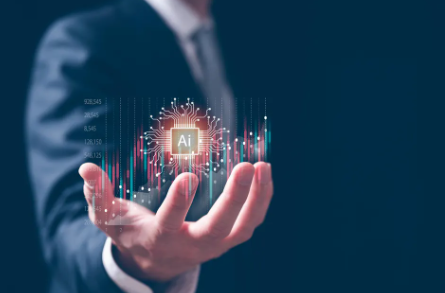In the ever-evolving landscape of artificial intelligence (AI), OpenAI stands as a beacon of innovation, continuously pushing the boundaries of what’s achievable. With a steadfast dedication to advancing AI for the betterment of society, OpenAI has been at the forefront of numerous groundbreaking developments. In this comprehensive overview, we delve into OpenAI’s latest breakthroughs, exploring the cutting-edge technologies and advancements that are shaping the future of AI.

GPT-4: Revolutionizing Natural Language Processing
OpenAI’s latest iteration of its famed Generative Pre-trained Transformer (GPT) series, GPT-4, represents a significant milestone in natural language processing (NLP). With enhanced capabilities in contextual understanding and coherence, GPT-4 redefines the landscape of AI-generated text. Its applications span from content creation and virtual assistants to conversational agents, paving the way for more human-like interactions in the digital realm.
DALL·E 3: Pushing the Boundaries of AI Creativity
DALL·E 3, the latest incarnation of OpenAI’s image generation model, demonstrates the remarkable fusion of AI and creativity. By generating diverse and imaginative images based on textual prompts, DALL·E 3 showcases the potential of AI in artistic expression and design automation. From generating concept art to aiding in product prototyping, DALL·E 3 opens new avenues for creative exploration and innovation.
CLIP+: Bridging the Gap Between Vision and Language
CLIP+, a pioneering model developed by OpenAI, bridges the gap between computer vision and natural language understanding. By training on vast datasets encompassing both images and text, CLIP+ achieves unparalleled cross-modal capabilities. This enables it to comprehend images in the context of accompanying textual descriptions, revolutionizing tasks such as image recognition, visual question answering, and more.

Robotics Advancements: Navigating AI in the Physical World
OpenAI’s ventures into robotics herald significant advancements in AI’s interaction with the physical world. Through projects like Dactyl and RoboGym, OpenAI is advancing the capabilities of robotic systems, enabling them to learn complex manipulation tasks through reinforcement learning. These developments hold immense potential for applications ranging from autonomous vehicles to assistive robotics in healthcare.
Prioritizing Safety and Ethical Considerations in AI
Amidst the rapid progress in AI, OpenAI remains committed to prioritizing safety and ethical considerations. By investing in research on alignment, robustness, and interpretability, OpenAI aims to ensure that AI technologies are developed and deployed responsibly. Initiatives such as the AI Ethics and Governance Council underscore OpenAI’s dedication to addressing the societal implications of AI advancements.
FAQs
What is OpenAI’s primary objective?
OpenAI’s primary objective is to advance the field of artificial intelligence for the betterment of society, encompassing research areas such as natural language processing, computer vision, robotics, and AI safety.
How does GPT-4 differ from its predecessors?
GPT-4 boasts enhanced contextual understanding and coherence, resulting in more human-like text generation across various applications, from content creation to virtual assistants.
What makes CLIP+ significant in AI research?
CLIP+ represents a groundbreaking advancement by seamlessly integrating computer vision and natural language understanding, unlocking new possibilities in tasks such as image recognition and visual question answering.
How does OpenAI ensure the responsible deployment of AI?
OpenAI prioritizes research on AI safety and ethics, focusing on alignment, robustness, and interpretability to mitigate potential risks associated with AI technologies.
What are some practical applications of OpenAI’s robotics advancements?
OpenAI’s robotics advancements find practical applications in diverse domains, including healthcare, manufacturing, and logistics, where AI-powered robots can streamline tasks requiring dexterity and adaptability.
Conclusion
OpenAI’s latest breakthroughs underscore its relentless pursuit of advancing the frontiers of artificial intelligence. From pioneering language models to groundbreaking robotics solutions, OpenAI continues to redefine what’s possible in AI research and application. As we embark on the journey towards a more AI-driven future, OpenAI stands as a trailblazer, shaping the trajectory of AI for the benefit of humanity.
